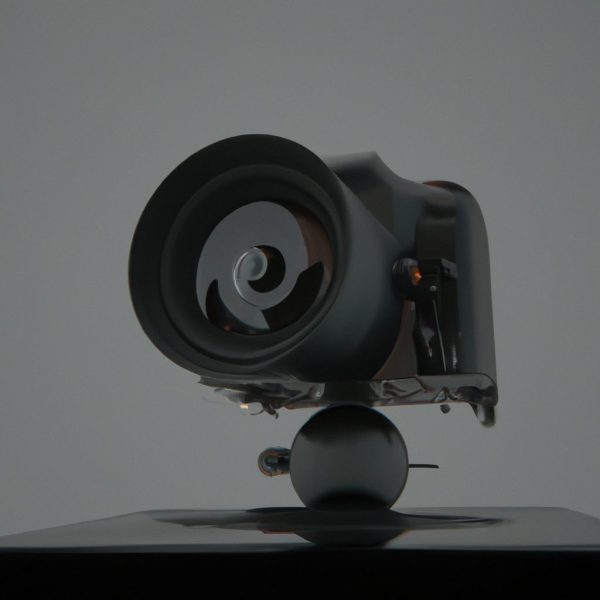
Artificial Intelligence (AI) is a rapidly advancing technology that has the potential to revolutionize many aspects of life, including photography. AI-generated images are computer-generated photographs created using machine learning algorithms and artificial neural networks.
These images can be used in various forms, from stock photos to digital artworks. AI-generated images are becoming increasingly popular because they allow photographers unprecedented control over their work. Photographers can create stunning visuals without having to worry about traditional constraints such as lighting or location limitations.
Moreover, these images tend to have greater artistic value since algorithms are able to generate an almost infinite number of creative possibilities for each image produced.
The Strengths of AI-Generated Images
AI-generated images are also highly efficient in terms of time and resources. The algorithms used to generate these images can do so much faster than a human photographer, resulting in shorter turnaround times and lower costs for the user. Furthermore, AI-generated images have an impressive degree of flexibility when it comes to editing options, this versatility allows photographers to quickly adjust the image’s details with minimal effort.
With such powerful tools at their disposal, photographers are able to easily create stunning visuals without having to spend hours manually adjusting settings or retouching photos.
In addition, AI-generated images have a great potential for creativity due to their ability to explore endless possibilities and combinations of elements within a single photograph.
Using Smart Machine Algorithms
By using algorithms that simulate natural processes such as evolution or random mutation, artists can create new visual forms that would otherwise be impossible with traditional photography techniques alone. This opens up entirely new avenues of expression previously unavailable due to technological limitations, it is now possible for photographers and digital artists alike to experiment freely with different styles and themes while still maintaining the same level of quality control in each image produced by AI technology.
AI-generated imagery provides users with unparalleled access to data sets that were previously inaccessible due to their sheer size or complexity – enabling them to unlock insights they wouldn’t necessarily be able to discern through manual analysis alone.
For example, researchers could use AI-generated images as part of an analysis of population trends over decades by comparing facial features across thousands of faces from different periods in history, something which was virtually impossible before the advent of machine learning technologies like artificial neural networks (ANNs).
These ANNs can process large amounts of data very quickly allowing us not only to improve our understanding but also to identify areas where further research is needed – making them invaluable tools for modern scientific inquiry
Conclusion
AI-generated images are a powerful tool that can revolutionize photography and digital art. They offer unprecedented flexibility, creativity, and efficiency to photographers, as well as provide an effective way to explore vast data sets quickly and easily. Despite these advantages, however, there are certain limitations associated with using this technology, the results of AI-generated images can be unpredictable at times due to its reliance on algorithms rather than human insight or intuition.
It is therefore important for photographers and digital artists alike to understand the strengths and weaknesses of AI-generated imagery in order to use it effectively.
To begin with, it is important for users of AI-generated images to develop an understanding of how machine learning algorithms work so that they can adjust parameters accordingly in order to achieve their desired outcome.
Additionally, when creating visuals from scratch with AI technology it’s essential for photographers to carefully consider the type of image they want – whether abstract artwork or photo-realistic scenes – in order to ensure maximum accuracy from their algorithms.
Finally, since some elements such as lighting conditions cannot be controlled by machines alone it is recommended that users take advantage of post-processing tools like Photoshop or Lightroom after generating their images to further enhance them visually if needed. Utilizing these tips will ensure that photographers get the most out of using AI technology while still maintaining high standards in terms of quality control throughout each project undertaken.
